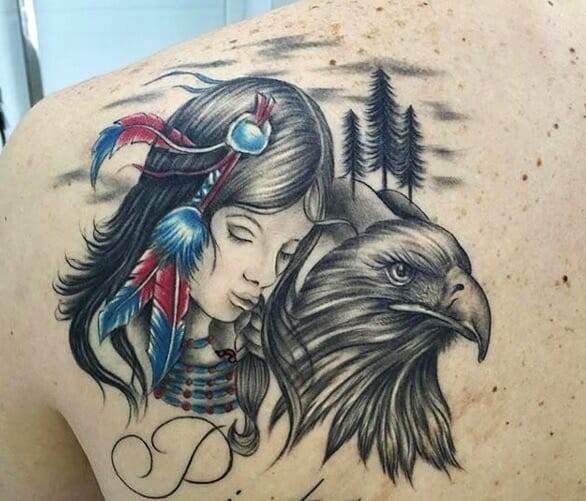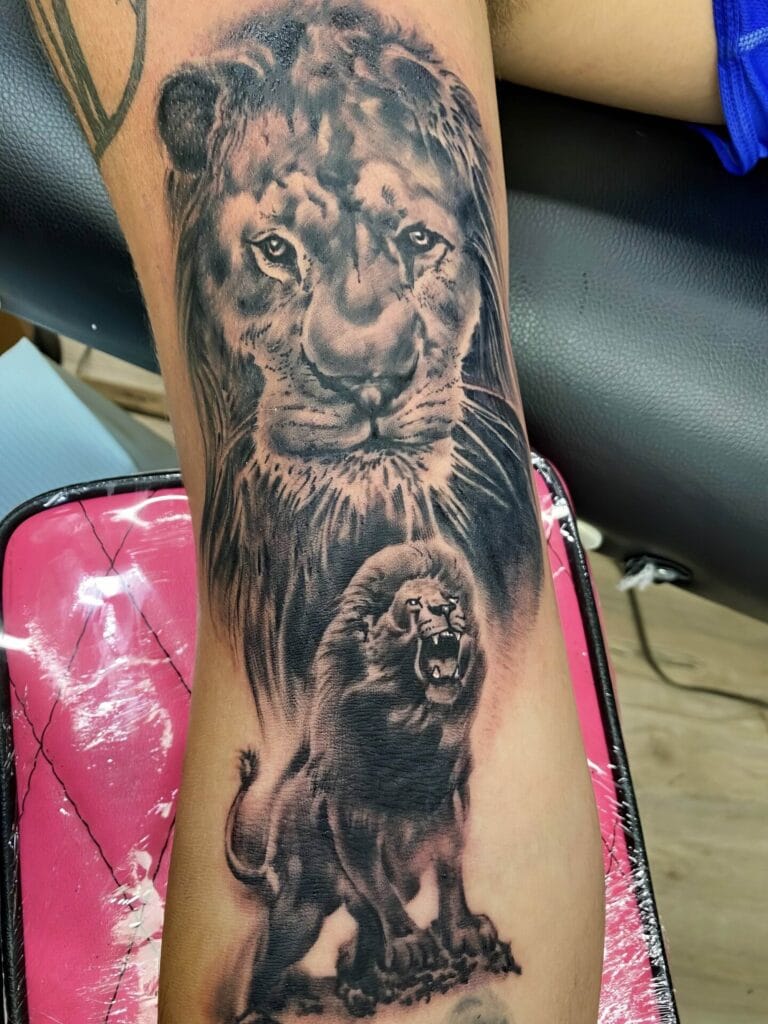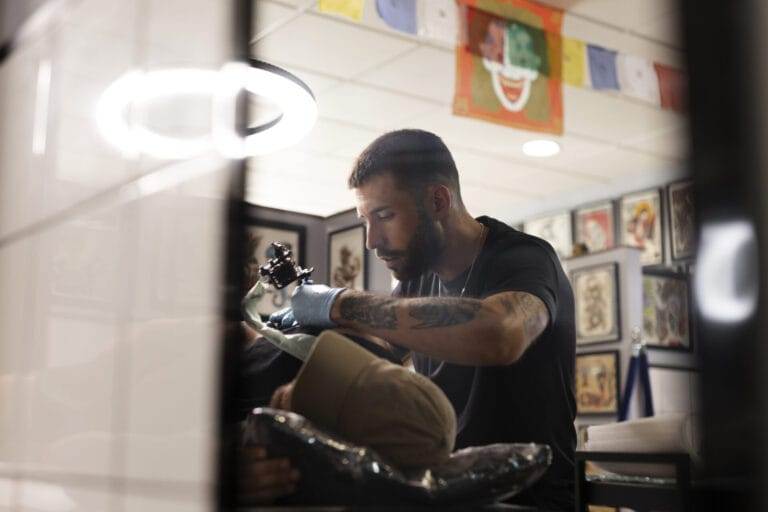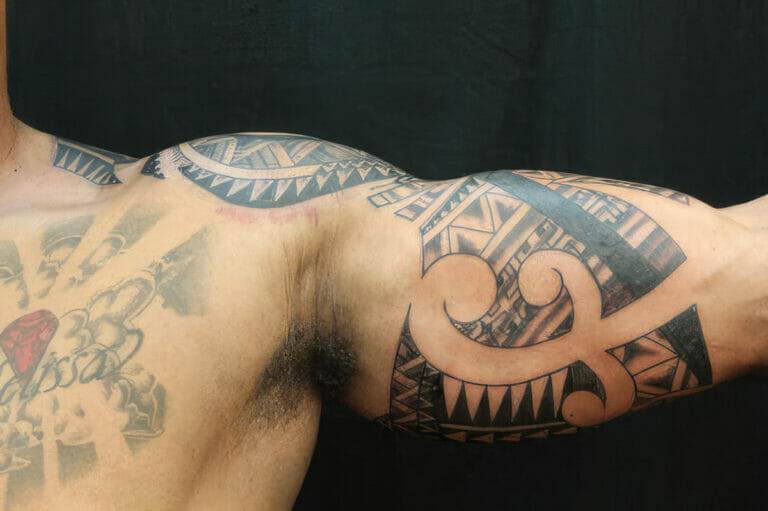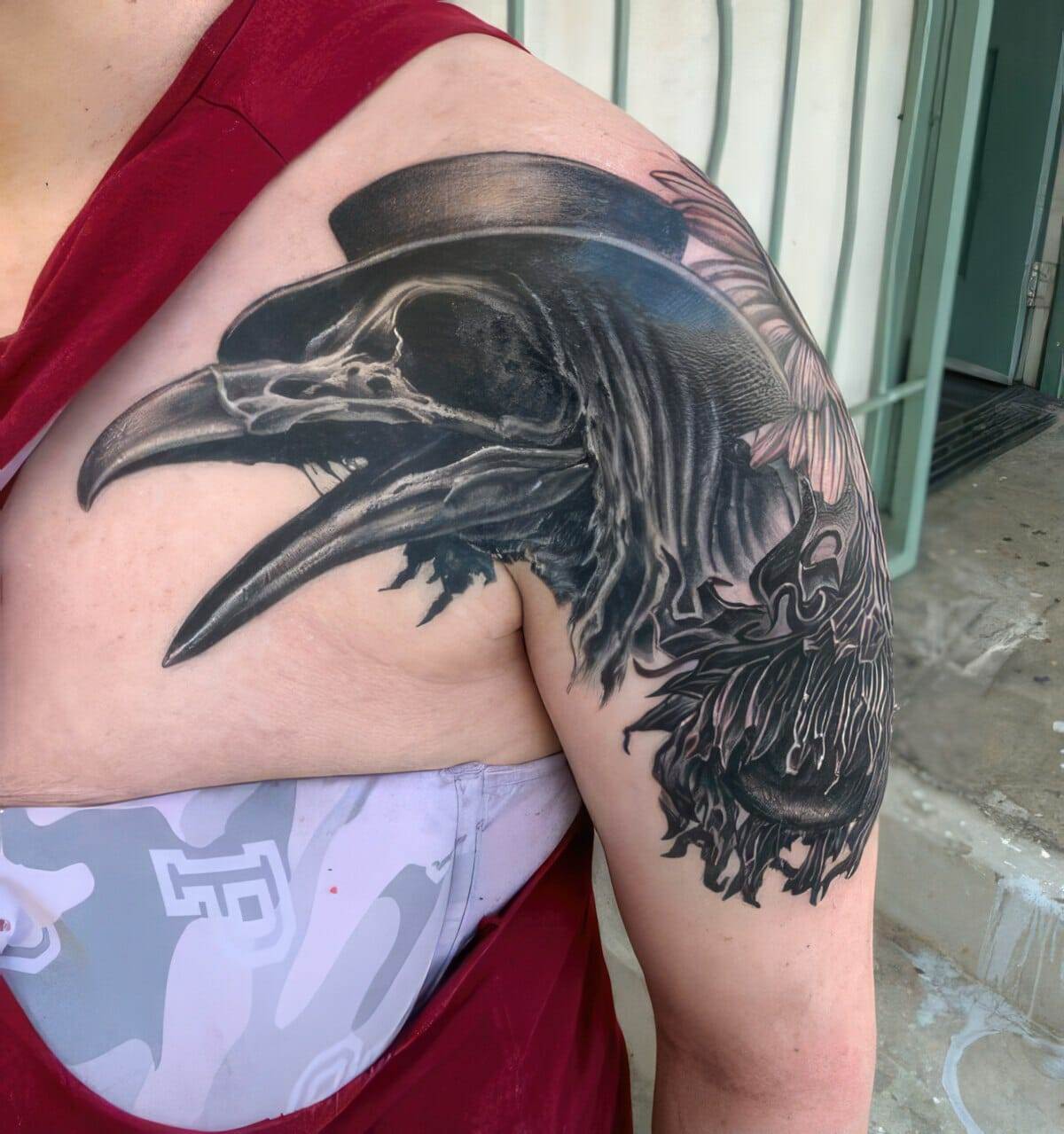
Tattoos have long been a form of self-expression and personal storytelling. They allow individuals to showcase their values, beliefs, and experiences through art permanently etched onto their skin. The significance of tattoos lies in their ability to serve as a visual representation of one’s identity and journey. Choosing a meaningful design is crucial, as it will be a constant reminder of what matters most to you.
A meaningful tattoo can hold deep emotional significance and serve as a source of inspiration and empowerment. It can be a way to honor loved ones, commemorate important milestones, or express personal passions and interests. The process of designing and getting a meaningful tattoo is an opportunity for self-reflection and introspection. It allows individuals to explore their values, beliefs, and experiences, and translate them into a visual representation that they can carry with them for the rest of their lives.
Finding Inspiration: Where to Look for Tattoo Design Ideas
When it comes to finding inspiration for your tattoo design, the possibilities are endless. Look to nature for inspiration – the beauty of flowers, animals, or landscapes can be translated into stunning tattoo designs. Art, whether it be paintings, sculptures, or illustrations, can also provide a wealth of inspiration. Literature and music can evoke powerful emotions and ideas that can be incorporated into your design.
Another rich source of inspiration is personal memories and experiences. Think about moments in your life that have had a significant impact on you – these can be used as the foundation for your tattoo design. Whether it’s a quote from your favorite book or lyrics from a song that holds special meaning, these personal touches will make your tattoo truly unique.
Sketching Your Ideas: How to Put Your Vision on Paper
Once you have found inspiration for your tattoo design, it’s time to start sketching your ideas. Begin by gathering reference images that capture the elements you want to incorporate into your design. This will help you visualize how different elements can come together to create a cohesive design.
Experiment with different styles and techniques to find the one that best suits your vision. Don’t be afraid to seek feedback from others – their input can provide valuable insights and help you refine your design. Remember, the goal is to create a clear and detailed design that can be easily communicated to a tattoo artist.
Collaborating with Your Artist: How to Communicate Your Vision
Once you have chosen a tattoo artist, it’s time to collaborate on bringing your vision to life. Effective communication is essential during this process. Be specific about the design elements you want to incorporate, such as colors, shapes, and sizes. Ask questions if you have any doubts or concerns, and provide feedback throughout the design process.
Building a positive and respectful relationship with your tattoo artist is crucial. Remember that they are professionals who have dedicated their lives to their craft. Trust their expertise and be open to their suggestions and ideas. By working together, you can create a tattoo that exceeds your expectations.
Customizing Your Design: Adding Personal Touches and Symbolism
One of the most exciting aspects of designing a meaningful tattoo is the opportunity to add personal touches and symbolism. Think about the elements that hold special meaning to you and how they can be incorporated into your design. This could be a symbol that represents a loved one, a quote that inspires you, or an image that captures a significant moment in your life.
Don’t be afraid to think outside the box and get creative with your design. Consider incorporating abstract or geometric elements, or experimenting with different textures and shading techniques. The more personal and unique your design is, the more meaningful it will be to you.
The Importance of Placement: How to Choose the Perfect Spot for Your Tattoo
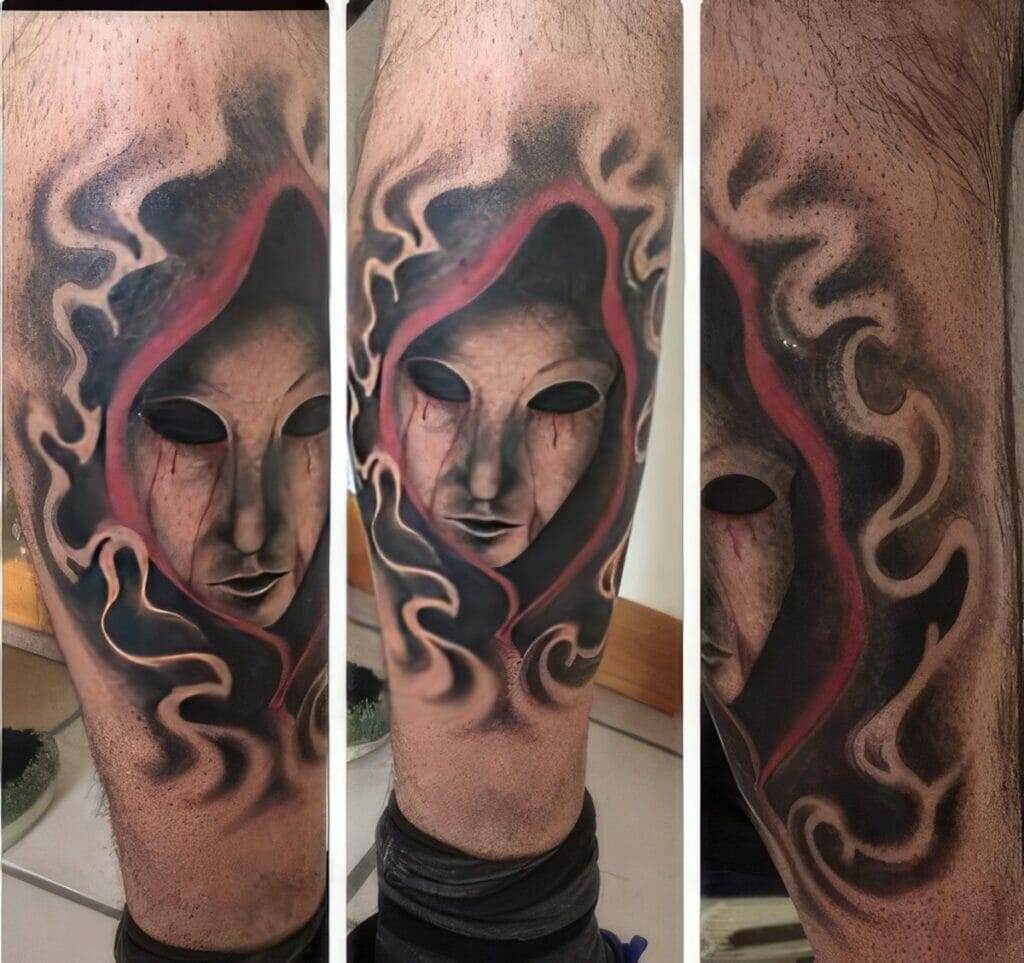
Choosing the right location for your tattoo is just as important as the design itself. Consider factors such as visibility, pain tolerance, and future career prospects when deciding on placement. If you want your tattoo to be easily visible, choose an area such as the forearm or upper arm. If you prefer a more discreet placement, consider areas such as the back, ribs, or thigh.
It’s also important to consult with your tattoo artist for advice on placement. They have experience and knowledge about how different designs will look on different parts of the body. They can help you determine the best placement for your tattoo based on its size, shape, and intricacy.
The Tattooing Process: What to Expect During Your Appointment
The tattooing process can be both exciting and nerve-wracking, especially if it’s your first time getting a tattoo. Knowing what to expect can help ease any anxiety you may have. The process typically begins with preparing the skin by cleaning and shaving the area where the tattoo will be placed.
Next, the artist will transfer the design onto your skin using a stencil or by freehand drawing. Once you have approved the placement and design, the artist will begin tattooing by applying ink into the skin using a tattoo machine. The process can be uncomfortable, but the level of pain varies depending on the individual and the location of the tattoo.
Throughout the appointment, communicate with your artist if you need a break or if you are experiencing any discomfort. They will work with you to ensure your comfort and satisfaction. Remember to stay relaxed and trust in the process – soon enough, you will have a beautiful piece of art permanently etched onto your skin.
Caring for Your Tattoo: Tips for Proper Aftercare
Proper aftercare is crucial for the healing and longevity of your tattoo. Your tattoo artist will provide specific instructions on how to care for your new tattoo, but there are general guidelines that should be followed.
Keep your tattoo clean by gently washing it with mild soap and water. Avoid scrubbing or picking at scabs, as this can cause damage to the tattoo. Apply a thin layer of fragrance-free moisturizer to keep the skin hydrated and prevent itching. Protect your tattoo from the sun by applying sunscreen with a high SPF whenever it is exposed to sunlight.
It’s important to follow these aftercare instructions diligently to ensure that your tattoo heals properly and maintains its vibrancy. If you have any concerns or questions during the healing process, don’t hesitate to reach out to your tattoo artist for guidance.
Living with Your Tattoo: The Emotional Impact of a Meaningful Design
A meaningful tattoo can have a profound emotional impact on an individual. It can serve as a constant reminder of what matters most to them, providing inspiration, empowerment, and healing. A tattoo can be a source of strength during difficult times or a celebration of personal growth and achievements.
Embrace your tattoo as a part of your identity and share its story with others. It can be a conversation starter and an opportunity to connect with others who share similar values or experiences. Your tattoo is a unique piece of art that reflects who you are and the journey you have taken to get to where you are today.
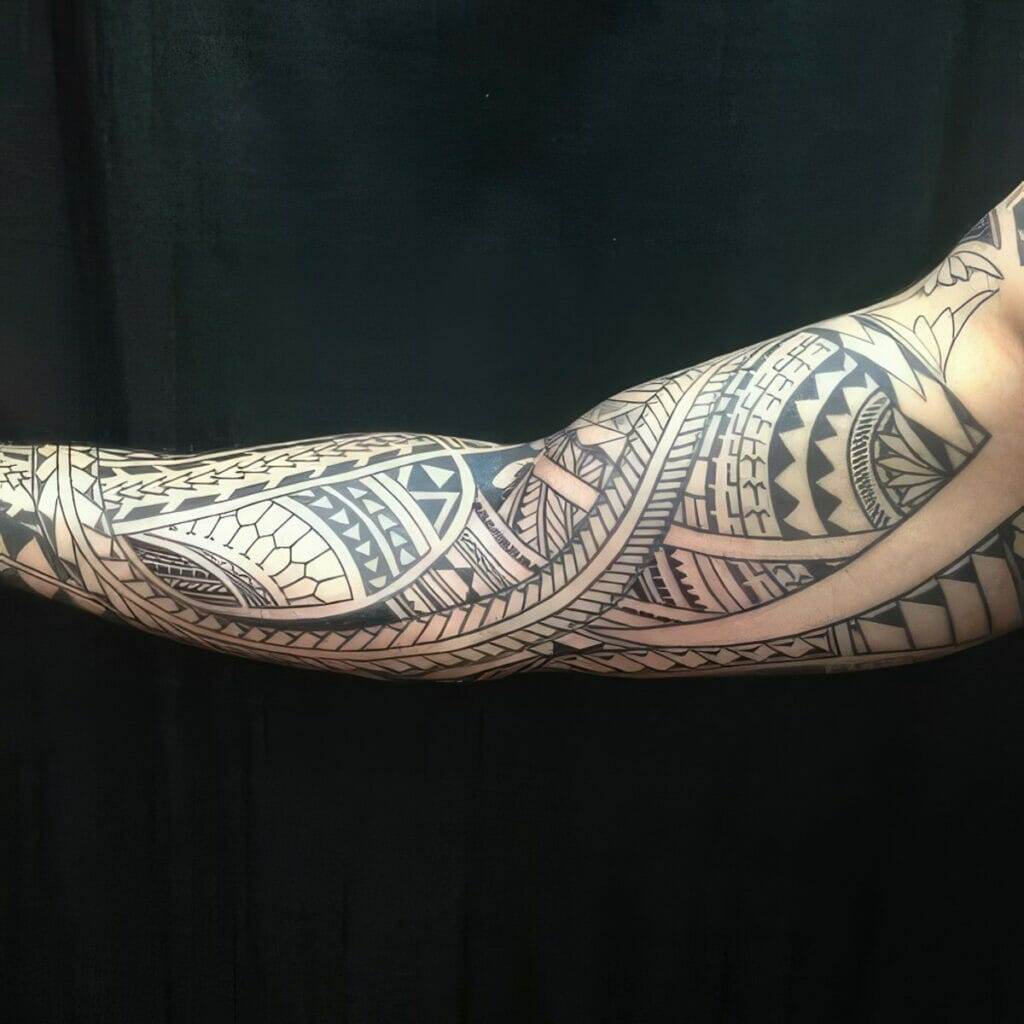
Embracing the Journey of a Meaningful Tattoo Design
Designing and living with a meaningful tattoo is a journey that should be embraced and celebrated. It’s an opportunity for self-expression, personal storytelling, and self-reflection. By finding inspiration, collaborating with a tattoo artist, and caring for your tattoo properly, you can create a design that holds deep emotional significance and serves as a constant reminder of what matters most to you.
Remember that the process of getting a tattoo is just as important as the end result. Enjoy the journey, embrace the experience, and celebrate your unique story and identity. Your meaningful tattoo is a testament to who you are and the values you hold dear. Wear it proudly and share its story with the world.


